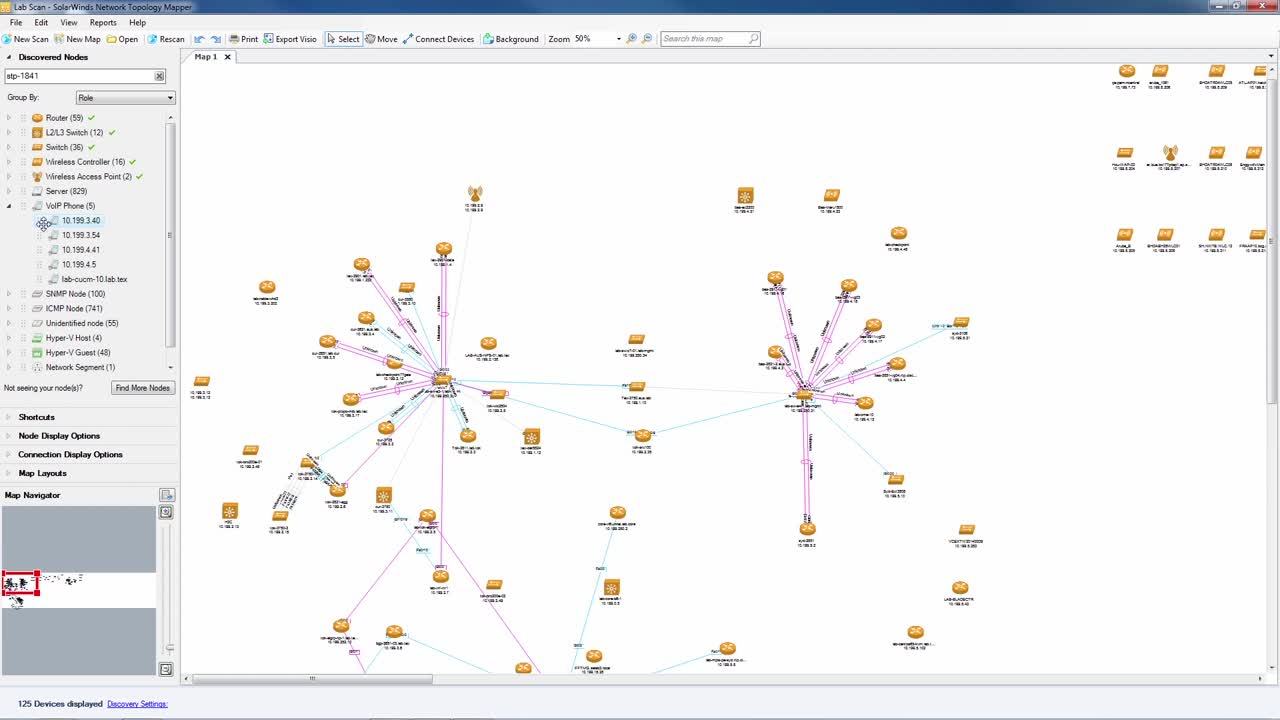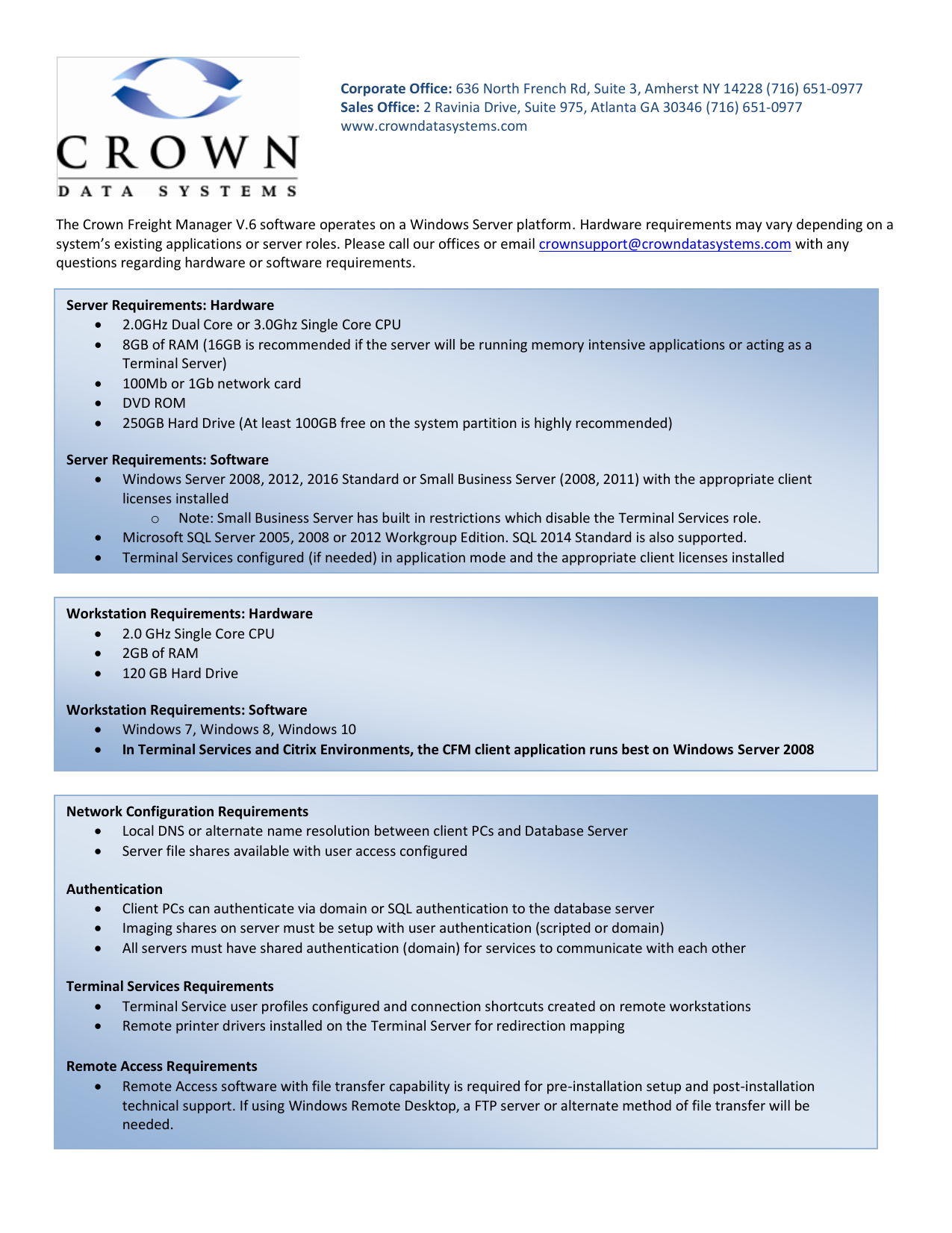
This logical structure in which computers are connected is known as Network Topology. This is why I don't understand why would explicitly disabling these GPOs cause any issues, if by default it is disabled for Domain and Public networks.Network Topology is the arrangement of computers in a logical manner. My understanding was that by default this setting would be enabled for Private or Home network profiles. But due to compliance regulations we need to disable LLTD on all computers.

Sometimes, the NIC can't "recover" and the network profile gets stuck in "Identifying network" (None/Public).Įnabling these 2 GPOs and letting it run on Domain networks only, leaving it as "Not configured", or disabling the virtual NICs on the local client resolves the issue.

In my environment, when I disable these 2 GPOs, my clients that have a virtual NIC installed reload its physical NICĮvery time the GP is updated on the client machine. I was wondering if you would also have an answer for my question about LLTDIO and RSPNDR. If there are dns entrys of ipv6 adresses in your dns-server, you can resolve those, but with pinging you should get a time-out, e.g. To enable the Mapper I/O component, click Enabled, and then select one or more of the following:Ĭlick OK to save your changes. To disable the Mapper I/O component, click Disabled, and then click OK. In the details pane, double-click Turn on Mapper I/O (LLTDIO) driver. To do so, click Start, and then in the Start Search box, type mmc gpedit.msc. To enable or disable the LLTD Mapper I/O by using Group Policy

LLTD helps to make distributed and coordinated network diagnostics possible, and if you are creating home network devices, you should strongly consider implementing an LLTD responder. Your network administrator can use Group Policy to enable mapping.” Beyond offering users the convenience of having a visual representation and providing right-click access to information about the devices, the LLTD Responder also plays an important role in responding to, and taking part in, network diagnostics. “Network mapping is disabled by default on domain networks. As long as your network policy (group policy) does not prohibit it, enabling the Network Map on a local machine is simply a matter of enabling the right setting in the local computer policy. You will receive a message inside the Network Map (Control Panel -> Network and Sharing Center -> Network Map) if the map is disabled.
Free network topology mapper for workgroups windows#
Windows Vista enables the Network Map by default when a user is in a location designated as “Home.” However, LLTD and, therefore, the Network Map are both disabled by default in “Work” and “Public” locations. In addition to the network map, LLTD offers network device manufacturers a standard way of ensuring that their devices are easily viewed and accessible to their users. At a basic function level, LLTD(Link-Layer Topology Discovery) gives users a graphical representation of their home network topology.


 0 kommentar(er)
0 kommentar(er)
